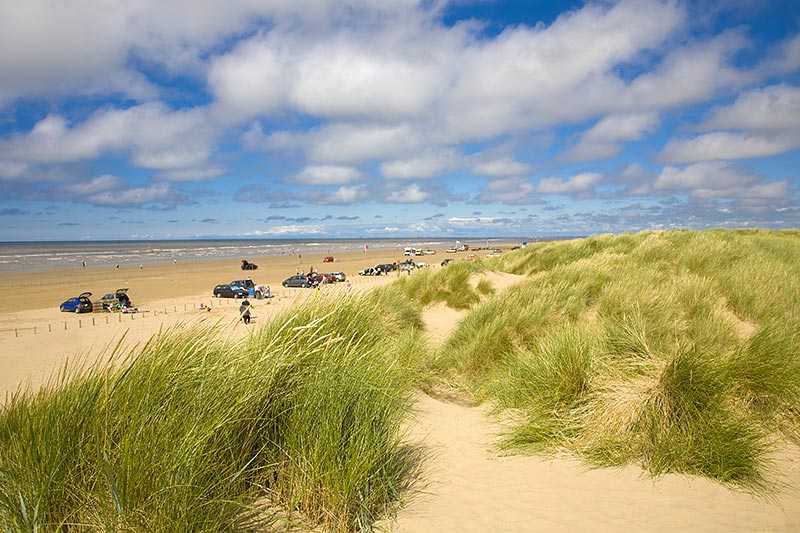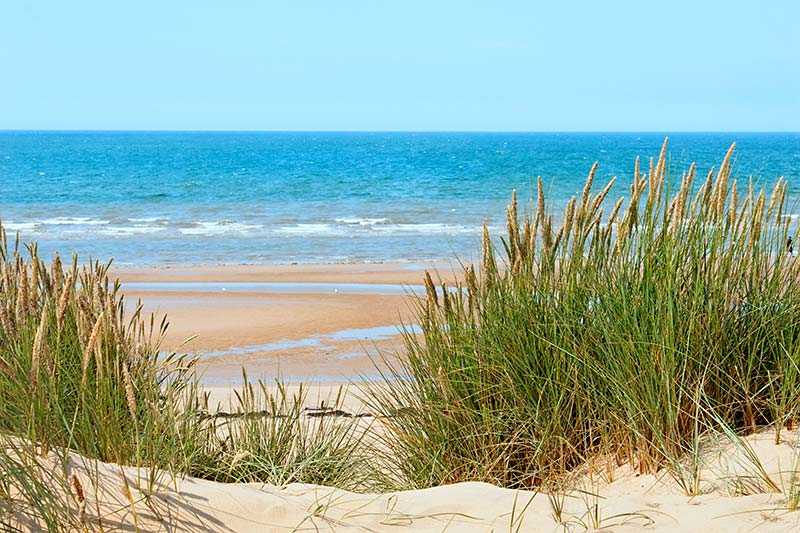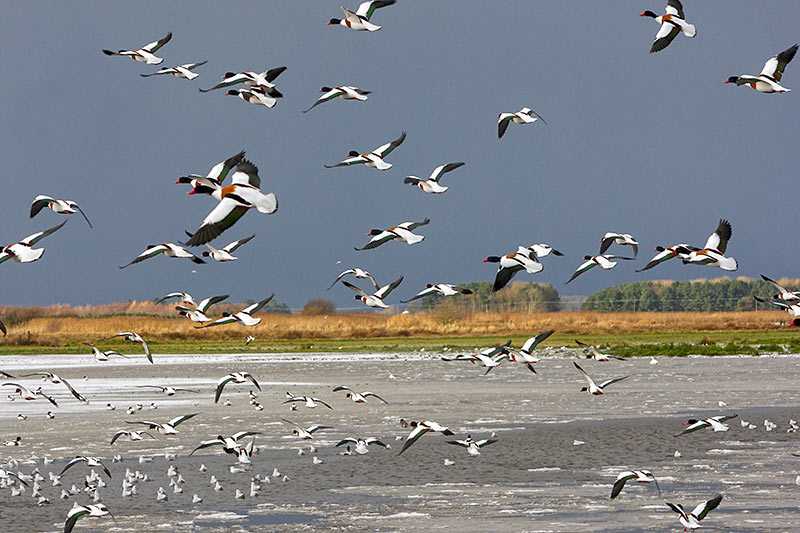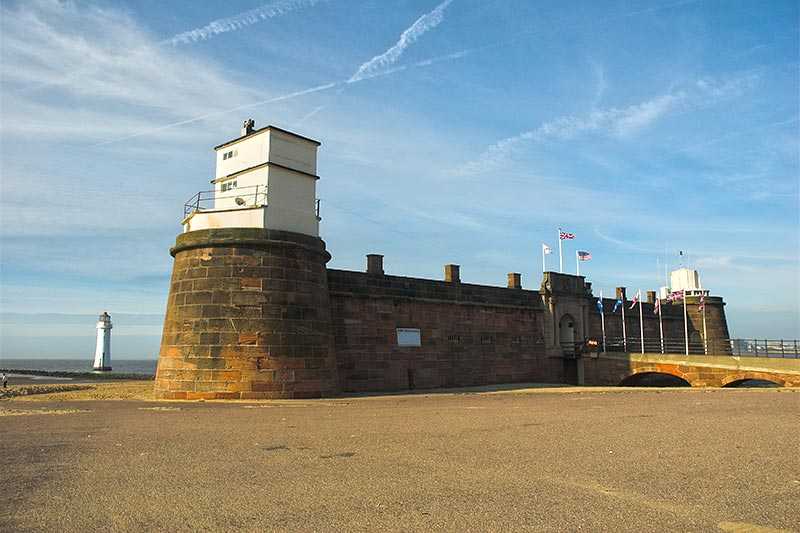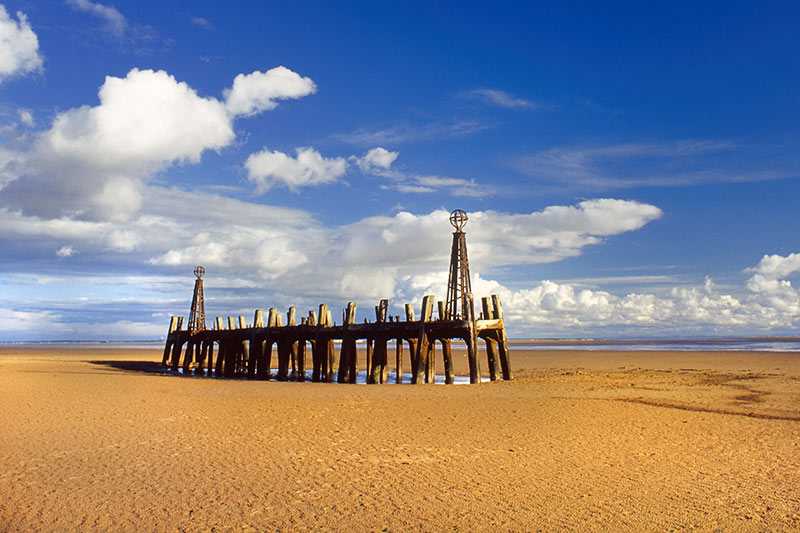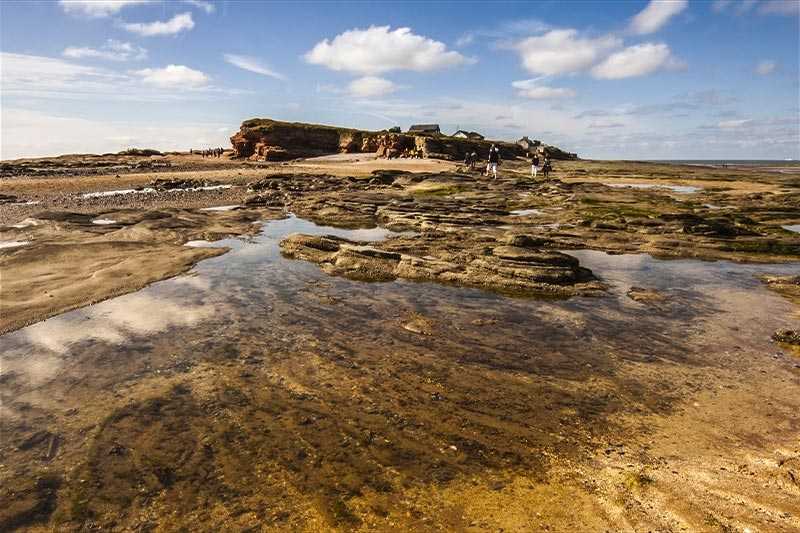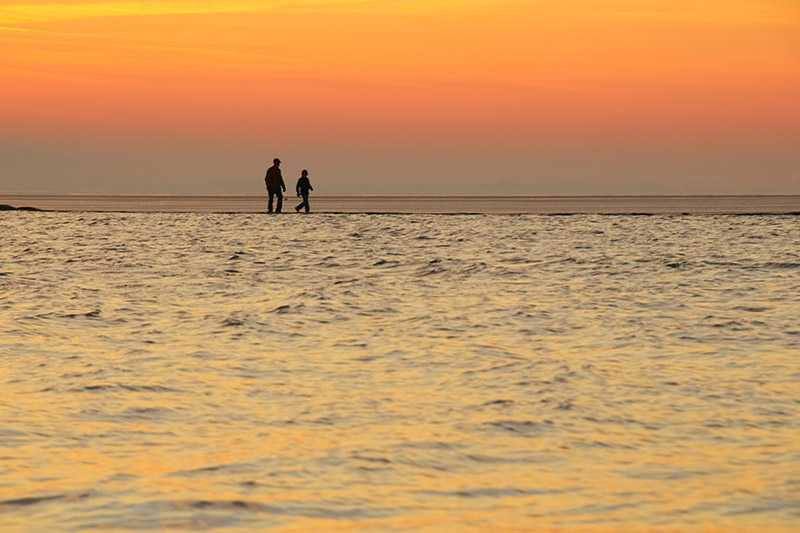Ainsdale Sand Dunes National Nature Reserve
About Ainsdale Sand Dunes National Nature Reserve
Designated a National Nature Reserve in 1965, the Ainsdale Sand Dunes lie on the north west coast of England and spans 508 hectares of sa...
About Ainsdale Sand Dunes National Nature Reserve
Designated a National Nature Reserve in 1965, the Ainsdale Sand Dunes lie on the north west coast of England and spans 508 hectares of sand dunes, beach and pine woods. The site is also part of both the Sefton Coast Special Area of Conservation and of one of England’s Ramsar sites (areas listed as Wetlands of International Importance)....
Things to do near Ainsdale Sand Dunes National Nature Reserve
Attractions near Ainsdale Sand Dunes National Nature Reserve
Activities
About Ainsdale Sand Dunes National Nature Reserve
About Ainsdale Sand Dunes National Nature Reserve
Designated a National Nature Reserve in 1965, the Ainsdale Sand Dunes lie on the north west coast of England and spans 508 hectares of sand dunes, beach and pine woods. The site is also part of both the Sefton Coast Special Area of Conservation and of one of England’s Ramsar sites (areas listed as Wetlands of International Importance).
Despite being close to major conurbations, the nature reserve is remarkably isolated from urban life. The site can be explored via a series of well-marked footpaths, covering around 10 km of the area. Several of these are accessible to wheelchairs and pushchairs. Access to the rest of the dunes is restricted without a licence from Natural England, in order to protect the rare plant and wildlife that exist there.
These include the Natterjack Toad, a species with threatened status in the UK and the Great Crested Newt, Britain’s most protected amphibian species. Both of these are now thriving in the region alongside the sand lizard, a particularly rare and protected species in Britain and its only egg-laying lizards.
The reserve also includes over 450 plant species, including 33 which are locally or regionally rare, including seaside centaury, yellow bartsia and dune helleborine.
The beach itself is a favourite with children while dedicated walkers will find three major trails passing or near the area – the TransPennine Trail, the Cheshire Lines Path and the Sefton Coastal Path.
